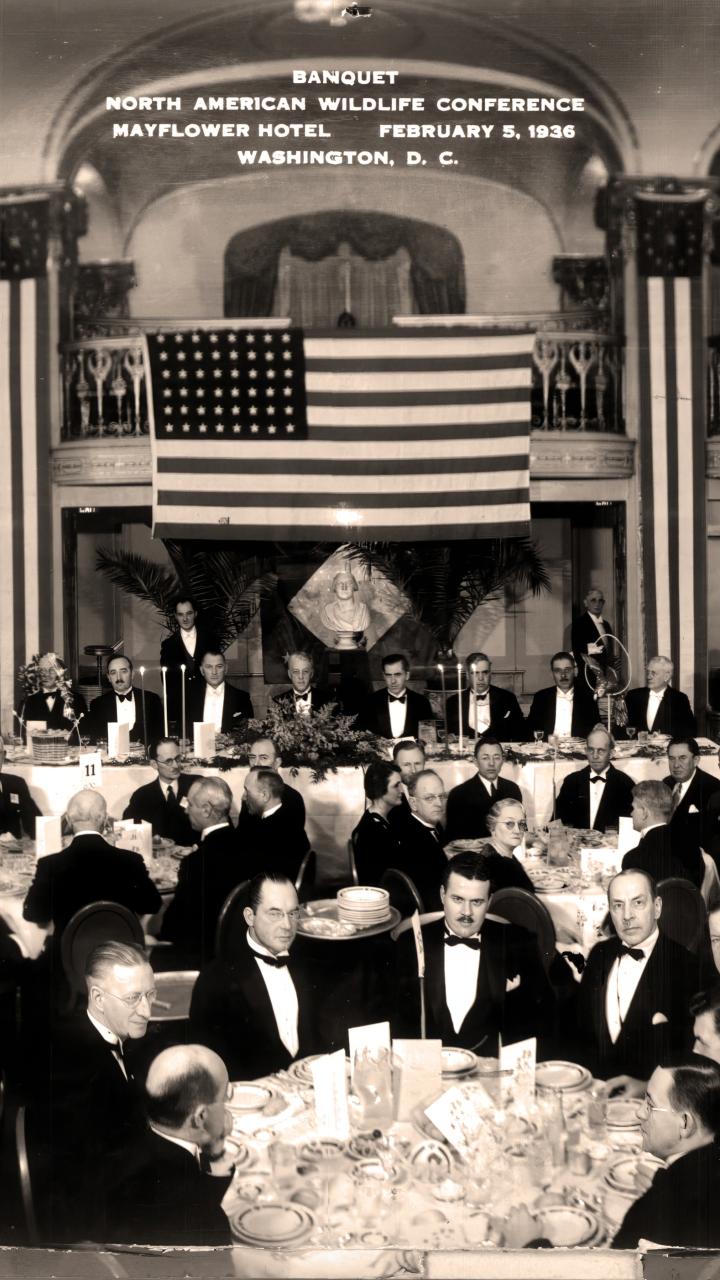Since 1936, the Wildlife Management Institute (WMI) has hosted the North American Wildlife and Natural Resources Conference. This prestigious gathering serves as the annual forum for setting conservation policy across North America.
The Conference brings together a diverse group of stakeholders, including:
- Administrators from federal, state, and provincial wildlife agencies
- Leaders from colleges, universities, and leading conservation organizations
- Managers, scientists, researchers, officials, and students of natural resources
Through a combination of plenary sessions, workshops, and over 150 separate meetings and functions, the Conference provides a platform for:
- In-depth discussions on critical conservation issues
Participants gain a deeper understanding of the origins, complexities, and potential solutions to current challenges. - Fostering collaboration and cooperation
The Conference emphasizes the need for coordinated management of wildlife resources across the North American continent. - Professional development
Attendees can learn from experts, exchange ideas, and network with colleagues.
The Conference agenda is developed by a Program Committee chaired by WMI, with input from up to 20 different agencies and private organizations. This collaborative approach ensures that the Conference addresses the most pressing conservation concerns.
Beyond the formal program, numerous agency and organizational meetings and functions occur concurrently with the Conference, further enriching the exchange of information and fostering relationships within the conservation community.

